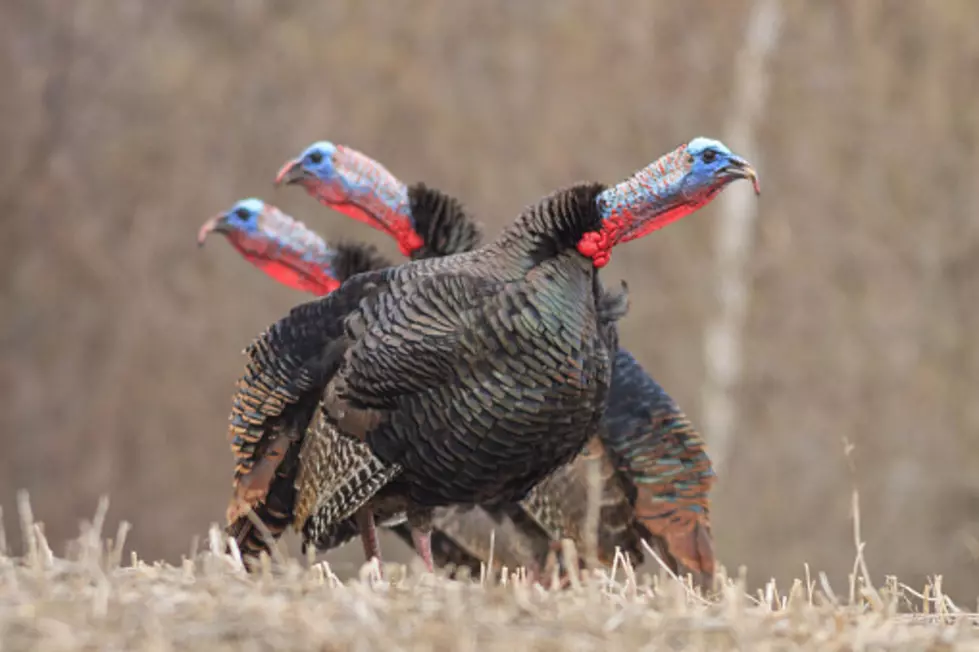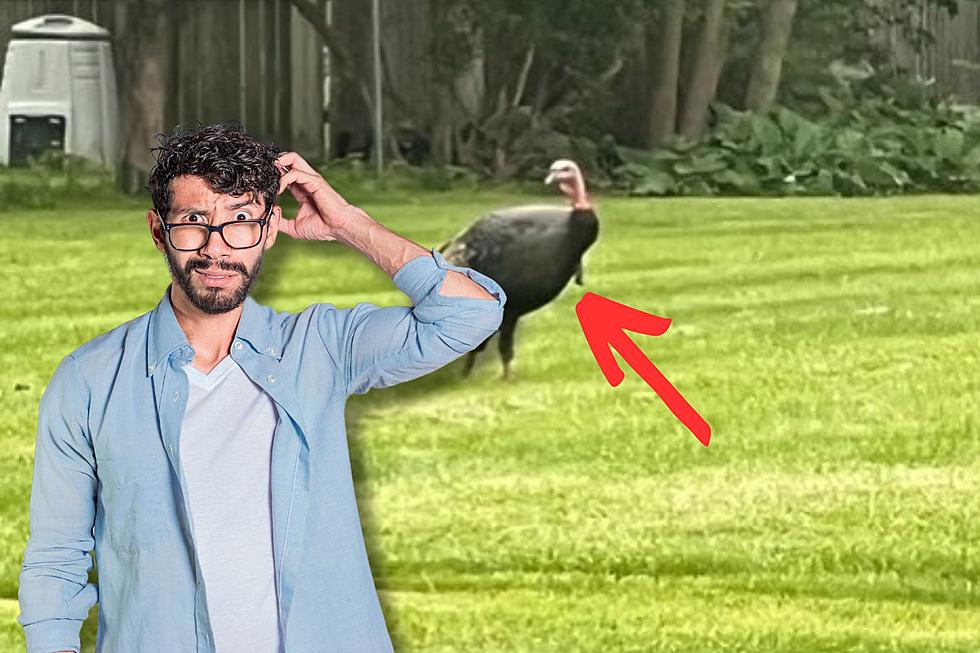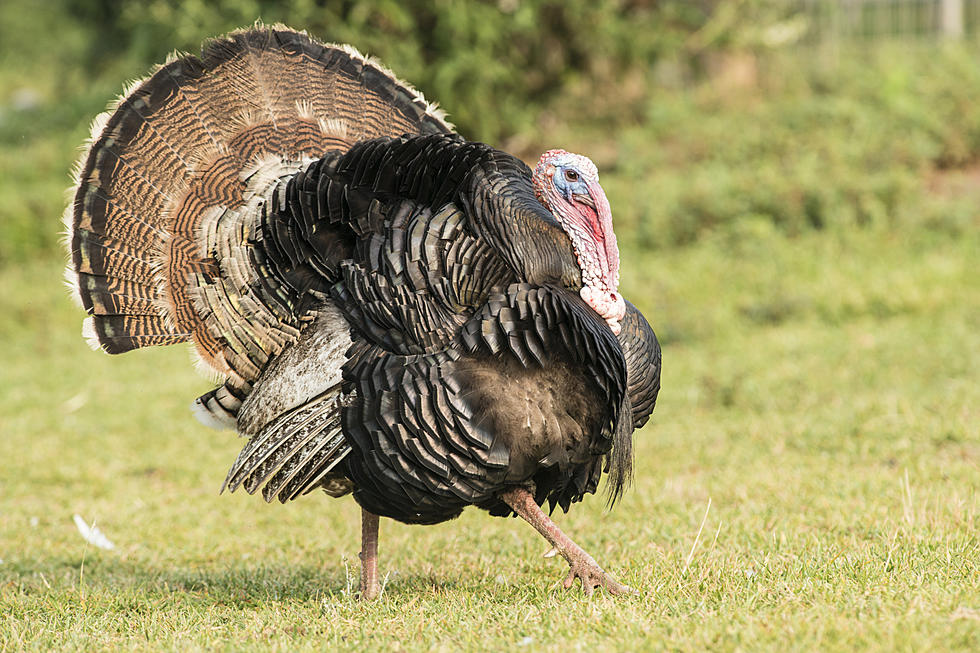
Why Does Rockford Seems To Be Crawling With Wild Turkeys?
According to the University of Illinois Extension, there are over 150,000 turkeys in Illinois, with populations in every one of Illinois' 102 counties. And, those populations are growing.
So why does it seem like almost all of them are living in and around the Rockford area? Maybe it's just me, but I've been seeing Eastern Wild Turkeys (the subspecies native to Illinois) every day for the past month. Like these guys in the radio station's backyard (this morning, there were 8 of them wandering around like potential property buyers):
It Turns Out That Turkeys Hang Out In Other Places Besides Radio Stations, If You Can Believe It
In the last week, I've had to wait along with some other motorists as entire broods of turkeys (mom and dad along with 6 to 12 poults) crossed the road in front of us as slowly as they possibly could.
It's happened on Alpine, on Mulford, on Newburg, on Harrison, on Auburn, and on Highcrest near the station. Unless someone wiped some sort of turkey attractant on just my car, I'm guessing that you've probably seen them, too.
We're Used To Being Annoyed With Fowl Creatures In This Town
In the past, if Rockford traffic was being halted in the street by a large bird, it was a Canada Goose and family causing the headaches. I'm guessing that Eastern Turkeys have gotten jealous of the attention (and by attention, I mean "getting sworn at") and are making their presence known.
Here are a few turkey facts that you can tuck away in your brain to pull out the next time you see a brood in your yard or blocking your way on the streets:
- WildlifeIllinois.org says that the eastern wild turkey is one of six recognized subspecies of turkey in the United States but is the only subspecies found in Illinois.
- Wild turkeys are large birds. The average adult male (gobbler or tom) stands 3 to 3½ feet tall and weighs 18 to 24 pounds. Females (hens) are smaller, typically 2½ to 3 feet tall and weighing 8 to 12 pounds.
- WorldAnimalProtection.us points out that turkeys spend most of their time on the ground but when it’s time to sleep, they fly up into trees. This is because turkeys can’t see well at night and to protect themselves from predators, they roost at dusk and fly down at dawn.
- You can tell a turkey’s emotions by the color of their heads. Colors can change from red to blue to white, depending on how excited or calm they are. The more intense the colors are, the more intense their emotions.
Of all the facts I dug up trying to learn about these birds, this one from Audubon.org is probably my favorite:
Is it a male or female? Check its poop. A turkey’s gender can be determined from its droppings–a male’s will be shaped like the letter J, a female’s more spiral-shaped.
LOOK: Stunning animal photos from around the world
WATCH OUT: These are the deadliest animals in the world
More From Rockford's New Country Q98.5









